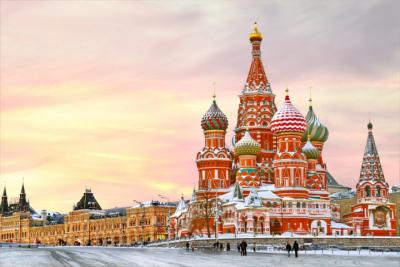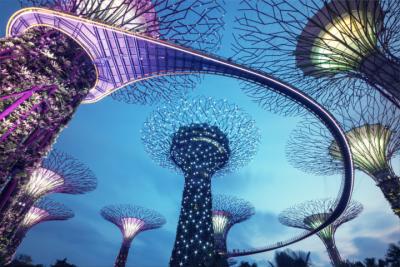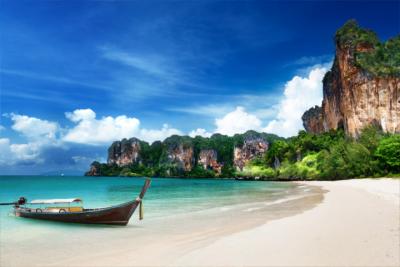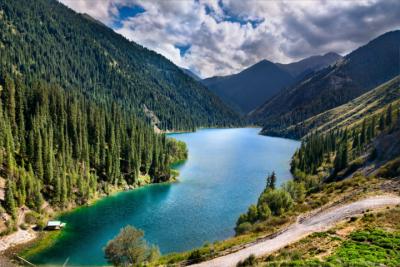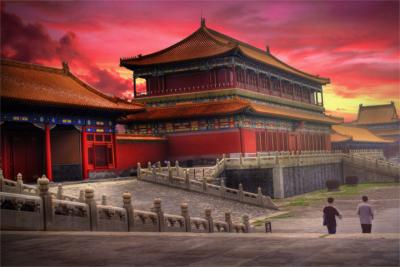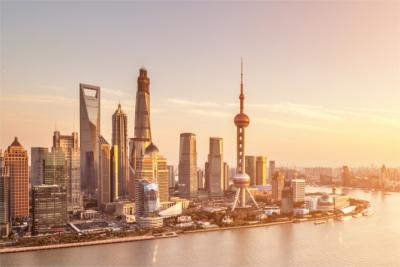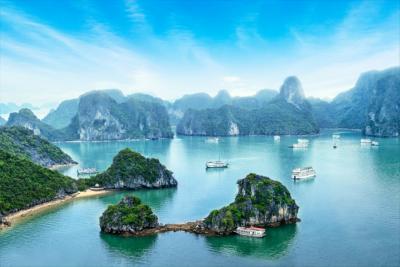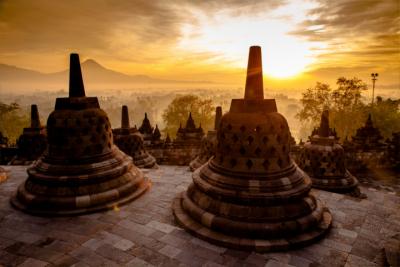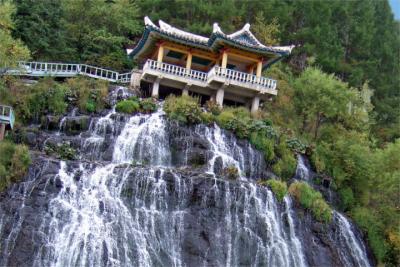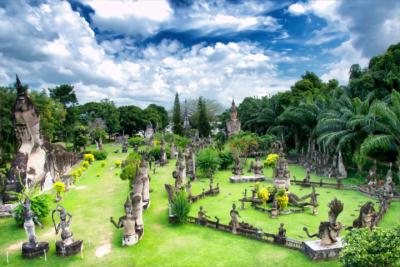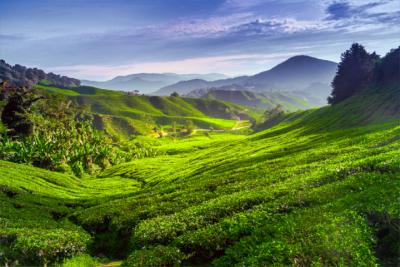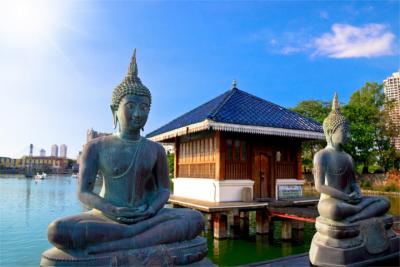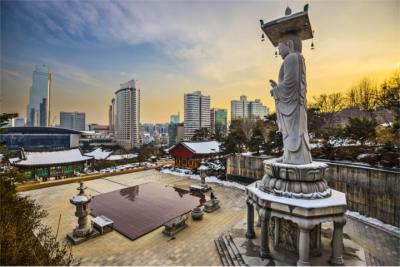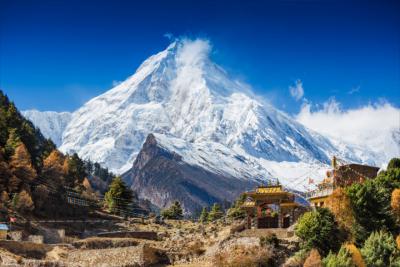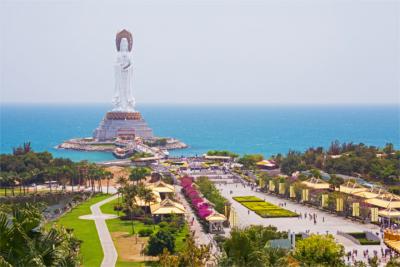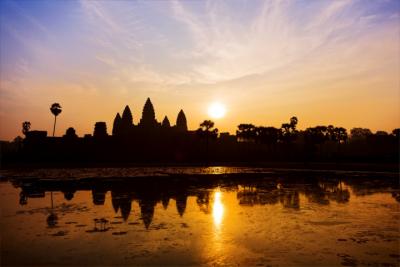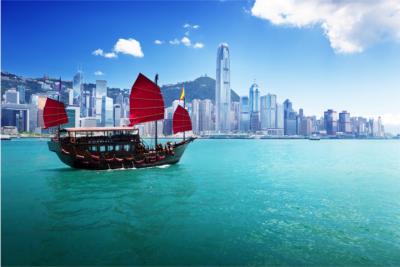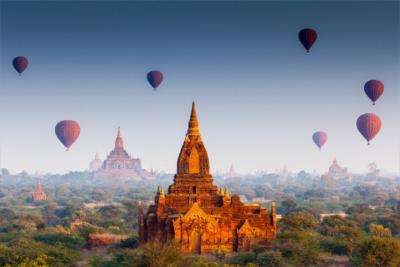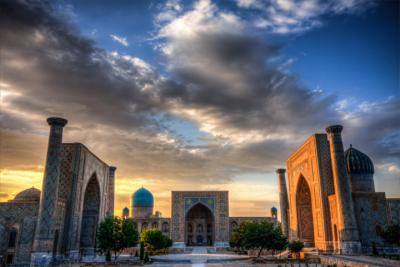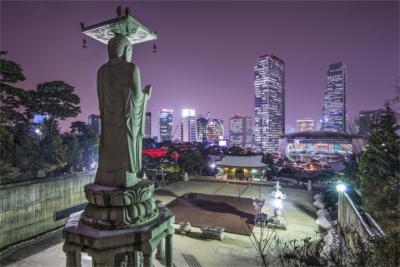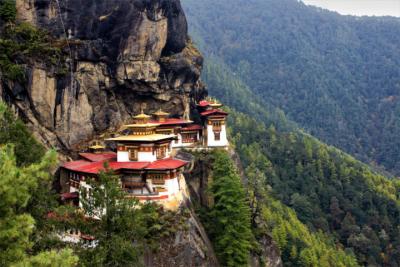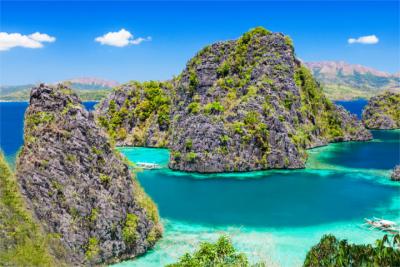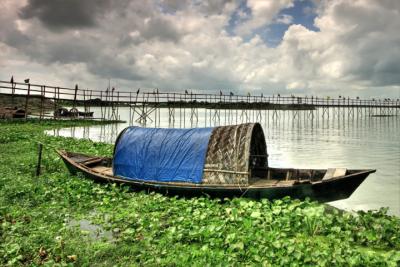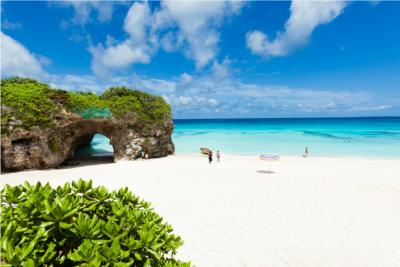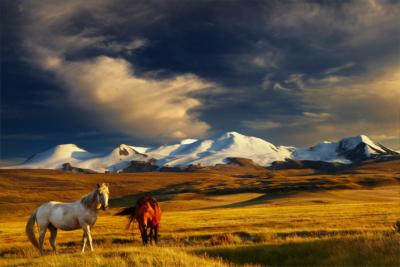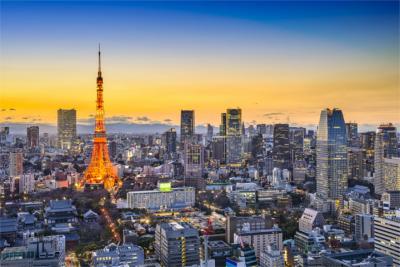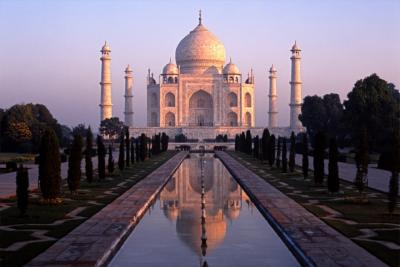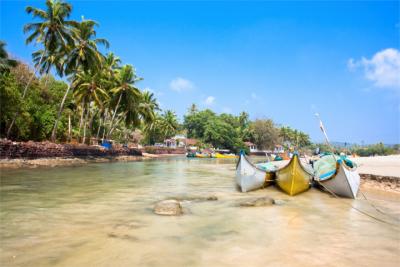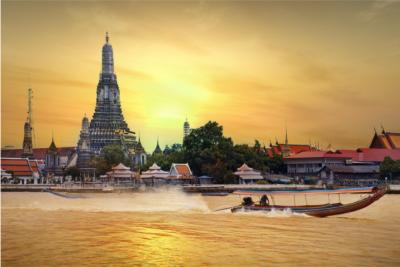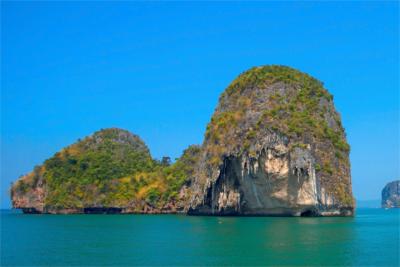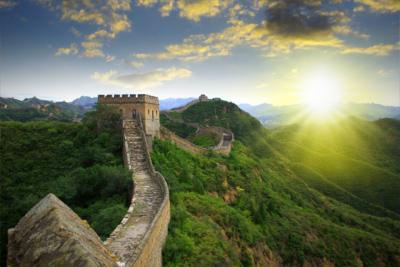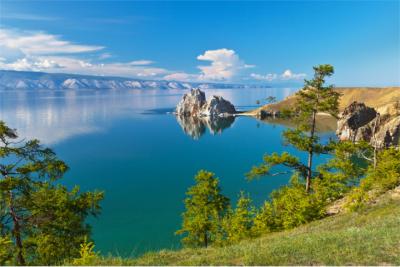Travel Offers
Travelmyne Featureprint
Distance
Shanghai - Tomorrow's China
Shanghai, China's industrial and economic centre, is one of the biggest cities on earth. It does not only impress with a modern skyline and the world's second highest tower but also with artistic Chinese cultural buildings from bygone dynasties.

Geography - Industrial metropolis at the Yangtze River
Shanghai is an industrial city in the People's Republic of China and is one of the biggest cities on earth. The metropolis lies at the mouth of the Yangtze River, at the banks of the Huangpu River, which divides the city into two halves. As a direct-controlled municipality, Shanghai has the status of a province. The relatively flat municipality has an area of about 6,400 km², 2,000 km² of which are the central city and 4,400 km² of which are suburbs and rural settlements. Several rivers, canals and lakes as well as the islands of Chongming (China's third biggest island), Changxing and Hengsha are located in the city's administrative area. The region's climate is a subtropical maritime monsoon climate with humid, cold winters and stuffy, hot summers.

Culture - Futuristic complexes and historical cultural buildings
Shanghai means "upon the sea". The metropolis, which is also referred to as the "Pearl of the Orient" or the "Paris of the East", is one of the country's westernmost cities next to Hong Kong. Although the region was already settled 4,000 years BC, Shanghai was first mentioned as a village in 960. From the end of the 19th to the middle of the 20th century, Shanghai developed into a significant harbour and industrial centre as well as to a global city. It has historical temples such as Jing'an Temple and modern constructions like the Shanghai Tower. The latter is located in the district of Pudong and has a height of 632 metres, which makes it the highest building in China and the third highest building in the world after the Burj Khalifa in Dubai and the Tokyo Skytree in Tokyo. Other remarkable buildings in Pudong are the Shanghai World Financial Center, the Jin Mao Tower and the Oriental Pearl Tower. An excellent spot for admiring the cluster of skyscrapers is the waterside promenade of The Bund. This promenade is 2.6 kilometres long, one of Shanghai's main attractions and accommodates impressive colonial buildings from the time of the French and British settlement. The many skyscrapers form a contrast to the city's Buddhist temples (Jing'an Temple, Longhua Temple, Jade Buddha Temple) and the Yuyuan Garten, whose architecture dates back to the Ming Dynasty. The green space is one of the country's most famous gardens and is the ideal place for experiencing China's garden art with its pavilions, halls, stones, ponds, cloisters and the teahouse at the entrance.

Experience - Shopping paradise and multicultural party scene
Shanghai is a real shopping paradise. On its main shopping street Najing Road, you can buy souvenirs like calligraphies, chop sticks, tea and porcelain as well as branded, luxury and counterfeit products in small boutiques or giant shopping centres. In addition, the Chinese markets sell many local products. Another popular shopping destination is the bazaar near Yuyuan Garden. Shanghai has a high density of restaurants in which travellers can taste international and national dishes. Shanghai's cuisine mainly uses fish, seafood, shellfishes and crustaceans. Rice is a permanent feature of the regional cuisine. Culinary specialities are the Shanghai hairy crab, Shanghai ravioli (dumplings stuffed with pork), soup dumplings, marinated and stuffed chicken and the Shanghai pepper duck. The city's multicultural nightlife offers numerous clubs, discos, bars and pubs. Shanghai is one of China's party centres and the number of party locations is growing continuously.

Activities - More than the classic sightseeing
Whether you go for a walk, go jogging or cycling at the waterside promenade of The Bund, hike outside of the city or play golf on one of the city's many golf courses, Shanghai offers both the classic sightseeing and sporting activities. You find entertainment and fun in the Jin Jinag Action Park, while adrenaline junkies can jump from Jin Mao Tower with a parachute.

Information
The best time for a trip to Shanghai are spring and autumn. In summer, it can be up to 27 °C in the shade with an apparent humidity of 100 % and typhoons may occur. In winter, temperatures can drop to the freezing point. You best arrive at the Shanghai Pudong International Airport (PVG). It is about 35 kilometres away from the city centre and can be reached by taxi, special transfer buses and the world's only maglev train, the Transrapid. Tourists get by using English, especially in hotels, the metro and restaurants. It is, however, a good idea to carry a note with your hotel's address in Chinese letters with you because many taxi drivers do not know English.
The Chinese metropolis of Shanghai is a great adventure for architecture and culture enthusiasts. In addition, the city's impressive buildings fascinate travellers who enjoy doing action sports.

